
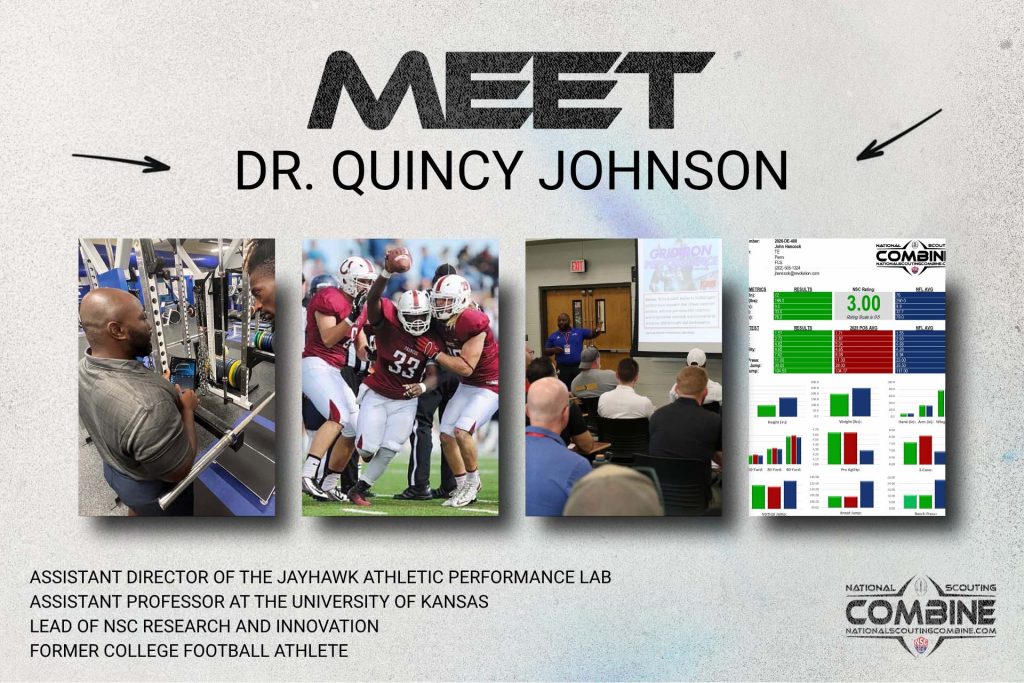
Meet Dr. Quincy Johnson – Your Science‑Backed Guide for understanding your combine numbers…
The mission of the National Scouting Combine is to Transform scouting and recruiting through objective athlete performance data, creating equitable access for all athletes and increasing transparency in the collegiate (including NIL) and professional recruiting space.
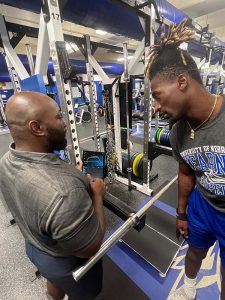
Over the last 15 years the NSC has successfully evaluated more than 3,500 professional, collegiate and high school athletes to determine who has the best chance of playing football at the next level. In alignment with being the world leader in football talent evaluation, we are partnering with a professional sport scientist to validate our advanced algorithm so that they can more accurately predict your chance of playing professional football.
Dr. Quincy Johnson, Ph.D. is an Assistant Professor and Assistant Director of the Jayhawk Athletic Performance Lab at the University of Kansas and is leading the NSC’s research and innovation initiative for validating the current NSC algorithm for athletic potential and performance (APP). He is also a former college football athlete who understand the sport of football, what athlete’s need to perform at their best, and what coaches and teams look for when scouting new talent.
What goes into athletic performance from a scientific point of view?
Dr. Johnson has published extensively on the topic and says a good way to look at said question is to consider four different categories in a checklist format. Physical, technical, tactical, and psychological characteristics each contribute to optimal athletic performance. When thinking about physical characteristics, some mentioned by Dr. Johnson were flexibility, strength, power, and speed. Technical characteristics include an athlete’s ability to perform sport-specific movements and to use their game IQ, while tactical characteristics most commonly refer to an athlete’s ability to successfully follow the coach’s game plan. Lastly, the ability for athletes to focus on the task at hand, face adversity, handle the pressure of big games, and to reframe negatives into positives all fit within the category of psychological characteristics. Altogether, these categories contribute to an athlete’s ability to succeed at the next level and the NSC and Dr. Johnson are eager to explore the APP profiles of the best football athletes.
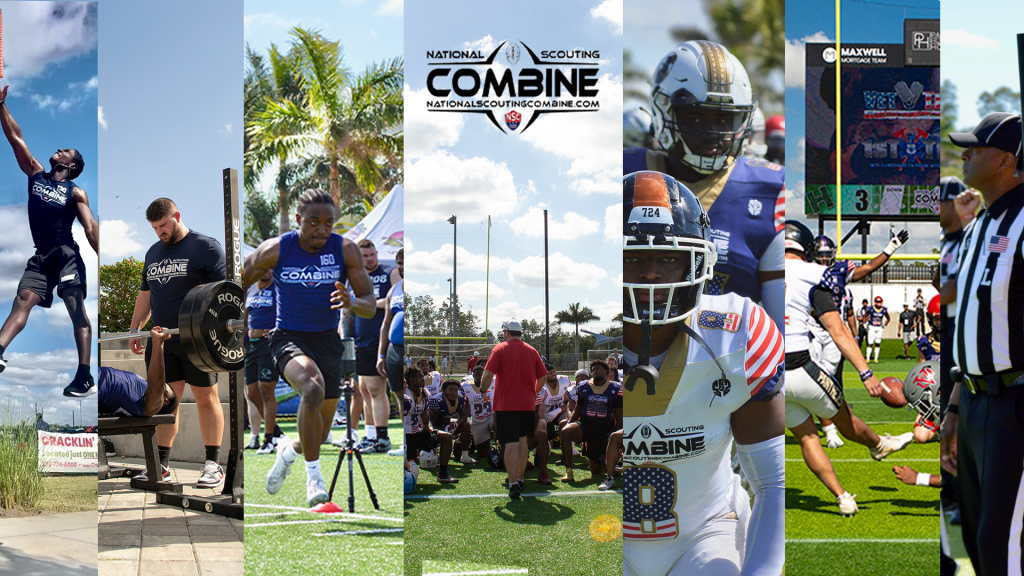
The relationship between athlete health and high performance.
When assessing athletic potential, performance characteristics (mentioned above) do matter especially at the higher levels of competition, but athlete health plays an important role as well. Within the field of sports performance, a common phrase that coaches use is, “the best ability is availability”. This just means that when athletes are healthy and available to practice and play, they are more likely to contribute to the team’s and their individual success.
Additionally, Dr. Johnson said, “Something that we use here in our lab, and that I’ve taught students for several years is in athletic performance, there’s a continuum for performance. At one end of the continuum is athlete health and well-being, towards the middle is athlete development, and towards the end is optimizing athletic performance.” While each point across the continuum is important to the on-field success, before athletes can participate in regular training (whether on the field or in the weight room) they must be healthy. Within the sport of football, physicals are common but football sport science researchers often use questionnaires to evaluate health status as well as more in-depth assessments to measure bone mineral density via dual-energy x-ray absorptiometry or even through biomechanical analyses via markerless motion capture systems to measure dysfunction and asymmetries. Once their health has been cleared, then follows the development of physical, technical, and tactical characteristics via sports-specific training on the field, and non-sports-specific training in the weight room with an emphasis on strength, power, and speed development.
The National Scouting Combine is Committed to Utilizing the Latest Research to Support Talent Identification, Athlete Development, and Preparation for the Next Level
While theories are great, it helps to have valid and reliable evidence when the goal is to improve an athlete’s chance of reaching their maximal potential. This is another reason why the National Scouting Combine has partnered with Dr. Johnson to further develop their advanced algorithm for predicting chances of playing professional football. “We are improving our ability to evaluate athletic talent and individual potential for success at the next level by working with one of the best sport science researchers who is committed to understanding football athlete health, development, and performance.” Said Jimmy Kibble, CEO & Founder of the National Scouting Combine.
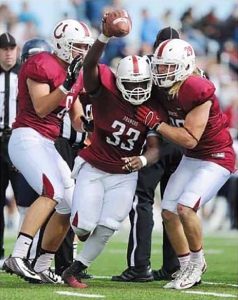
In his publication titled, “Key Performance Indicators for College American Football Starters: An Exploratory Study” Dr. Johnson provides further evidence for these models as he explores the physical characteristic profiles of college football starters. Within this study, he collected measures of body composition, joint kinematics, muscular strength, muscular power, and reactivity (or twitchiness) within a cohort of NCAA Division-II athletes from the University of Nebraska-Kearney. The findings of this study highlight the importance of being physically fit but also reveal something unique about starters regardless of their position group, they are all symmetrical and have the same level of flexibility. For athletes, this simple finding can improve their health, contribute to their longevity, and potentially improve their performance and chances to play professionally.
This is another reason why the National Scouting Combine has partnered with Dr. Johnson to further develop their advanced algorithm for predicting chances of playing professional football.
Lastly, in a recent publication Johnson has begun exploring the “Lower-Extremity Biomechanical Characteristics of College American Football Starters“. This line of research became more important when similarities in squat depth and the symmetry between the left and right legs were discovered in his previous publication. Utilizing advanced markerless motion capture technology, Johnson was able to measure the specific biomechanical characteristics of the ankle, knee, and hip joints during squat, lunge, and vertical jump exercises. By incorporating more exercises, Dr. Johnson was able to make several keen observations that has helped advance the world’s understanding of how football players move their body’s, balance and stabilize themselves, and produce and absorb force. There were nearly no significant differences in participants ability to squat on two legs, squat on one leg (except for squat depth on the left leg), or lunge. However, several differences were observed during more dynamic tasks such as jumping and specific phases of jumping.
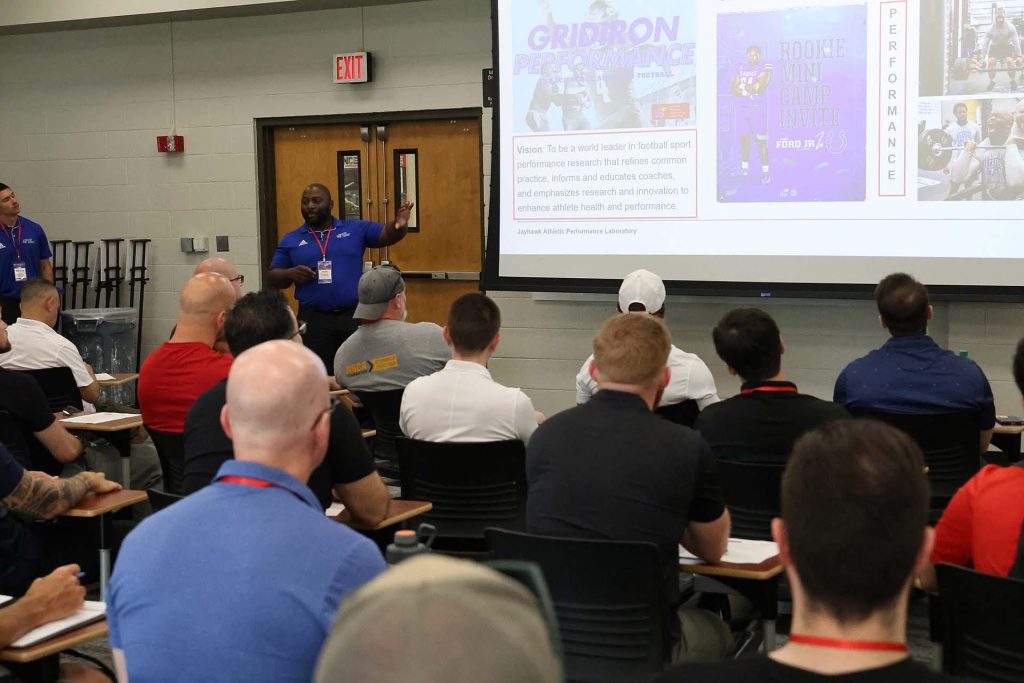
Why Validating our Algorithm Matters?
You’ve seen the numbers: the 40-yard dash, pro-agility shuttle, 3-cone drill, vertical jump, broad jump, and bench press. What if these scores could actually forecast the level of competition you might excel in next?
What’s Included in our Algorithm?
Your performance tells a complete story and each testing metric represents a piece of a bigger puzzle:
All of these metrics go into a scoring system that then predicts which competition level suits you best—backed by peer-reviewed science.

Bottom Line for Athletes & Parents